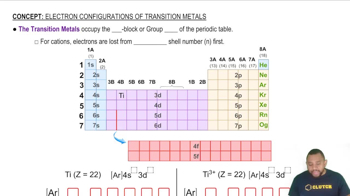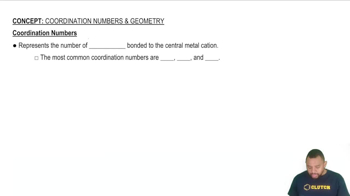Textbook Question
Two reactions have the same activation energy, but their rates at the same temperature differ by a factor of 10. Explain.
 Verified step by step guidance
Verified step by step guidance



Consider three reactions with different values of Ea and ΔE:
Reaction 1. Ea = 20 kJ>mol; ΔE = -60 kJ/mol
Reaction 2. Ea = 10 kJ>mol; ΔE = -20 kJ/mol
Reaction 3. Ea = 40 kJ>mol; ΔE = +15 kJ/mol
(b) Assuming that all three reactions are carried out at the same temperature and that all three have the same frequency factor A, which reaction is the fastest and which is the slowest?
Consider three reactions with different values of Ea and ΔE:
Reaction 1. Ea = 20 kJ>mol; ΔE = -60 kJ/mol
Reaction 2. Ea = 10 kJ>mol; ΔE = -20 kJ/mol
Reaction 3. Ea = 40 kJ>mol; ΔE = +15 kJ/mol
(c) Which reaction is the most endothermic, and which is the most exothermic?